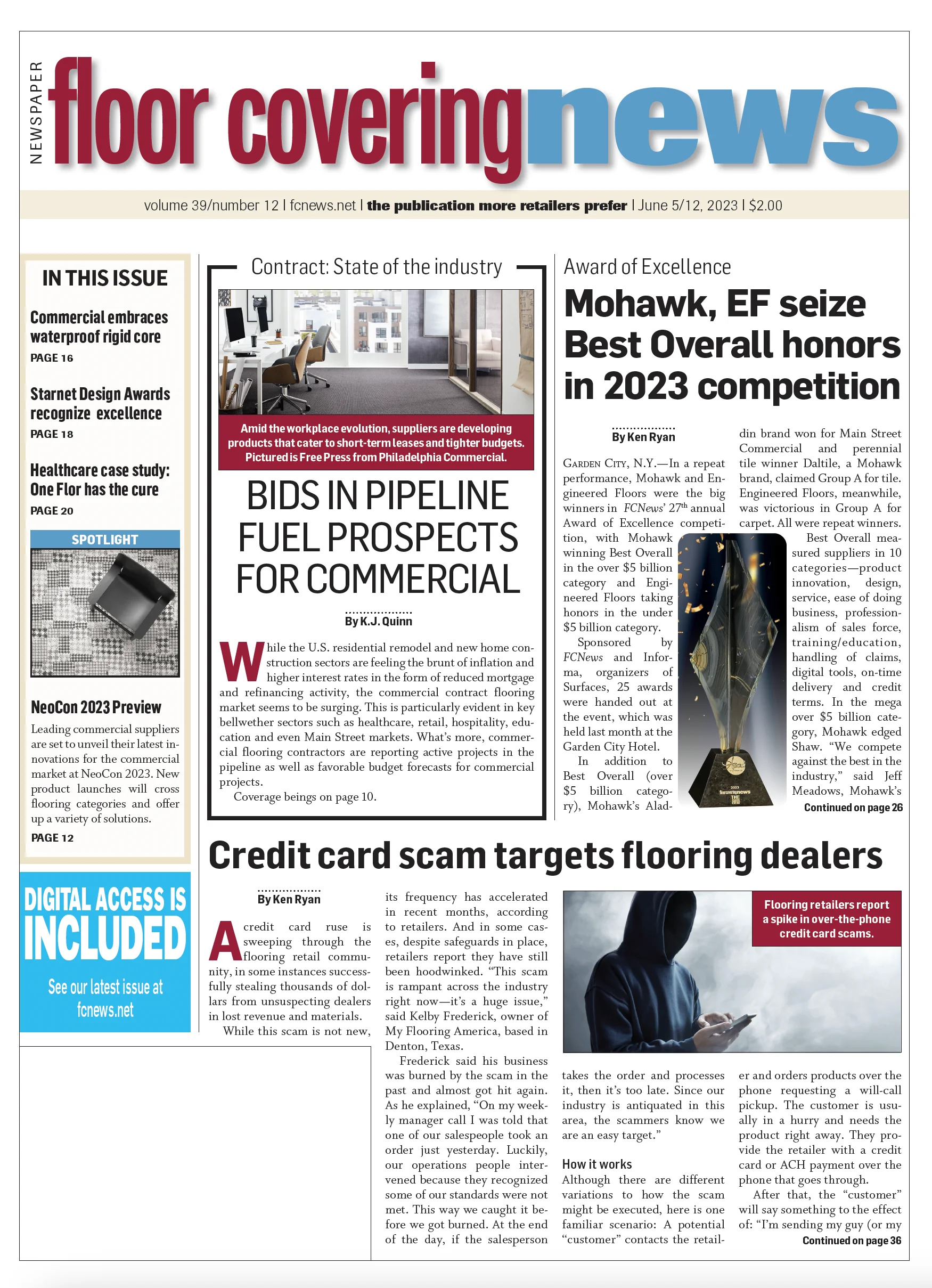 Many years ago, back in Germany, we had a Pitch Pine floor with planks about 6 inches wide and gaps between the planks almost ¼ of an inch wide. Eventually, the floor got covered by a plywood sheet and carpet on top.
Many years ago, back in Germany, we had a Pitch Pine floor with planks about 6 inches wide and gaps between the planks almost ¼ of an inch wide. Eventually, the floor got covered by a plywood sheet and carpet on top.
Since then, much has changed. Customers would not accept a floor like that and nobody could afford to sell a floor that shrinks with gaps that wide. The Pitch Pine floor was delivered too wet and dried out over time. Installing a wood floor with too much moisture is one reason for moisture problems in wood floors.
Shrinking, cupping and gaps of a hardwood floor only happen when the moisture content of the floor planks change. Changes in moisture content always have to do with the relationship between wood moisture and the humidity of the surrounding air or with subfloor condition. In order to avoid moisture problems, the floor needs to be in an equilibrium with environmental conditions, which means the floor will not lose or absorb any moisture if the humidity does not change.
What is the acceptable range for moisture and humidity? The U.S. Dept. of Agriculture published the book, “Wood as an Engineering Material.” In this book is the EMC chart with recommendations for conditions inside buildings of 30%–50% for relative humidity and 600F – 800F for temperatures (see illustration). If ambient conditions stay within these limits, the moisture content in wood floors is between 6%–9% and the amount of expansion and contraction of wood is limited. These are the same limits flooring manufacturers usually require. And, like always, there are exceptions to the rule. In high desert climates, the limit is lower. In humid and hot climates such as in Florida, the limits are higher. The best course of action is to have an HVAC system.
The EMC chart is not only useful to find out if moisture content and humidity are at an equilibrium, but also warns of problems to come when conditions are not. For instance, when a wood floor that has a moisture content of 8% is exposed to an environment of 65% relative humidity, the moisture will gradually creep up to 12%. Depending on the wood species that could mean a noticeable dimensional change. On the other hand, if a floor is installed too wet at 12% wood moisture, but the humidity in the building is kept at 40%, the wood will dry down to 8% and shrink.
The EMC chart can be used to explain many wood moisture problems. These problems could be seasonal changes a customer complains about. More serious problems such as gapping and warping may never go away if the floor was installed too wet.
In order to use the EMC chart to determine dimensional stability of floors and for predicting and avoiding moisture problems, moisture content of the floor planks and the relative humidity of the surrounding air should be measured. We recommend the Ligno-DuoTec BW/B to measure floor moisture and relative humidity accurately. Lignomat also offers a data logger the MC/RH Tracker, which records moisture content and relative humidity for long-term surveillance.
Wood floors are beautiful and will stay beautiful if kept within the recommended range of 30%–50% relative humidity starting with a moisture level between 6%–9%.
Grete Heimerdinger is the technical advisor for the moisture meter division for Lignomat USA Ltd. She graduated from the Technical University in Stuttgart, Germany, with a teaching degree in Mathematics and Physics. For more information on moisture meas u r e m e n t s and moisture problems, contact Lignomat at 800.227.2105 or email sales@lignomat.com

